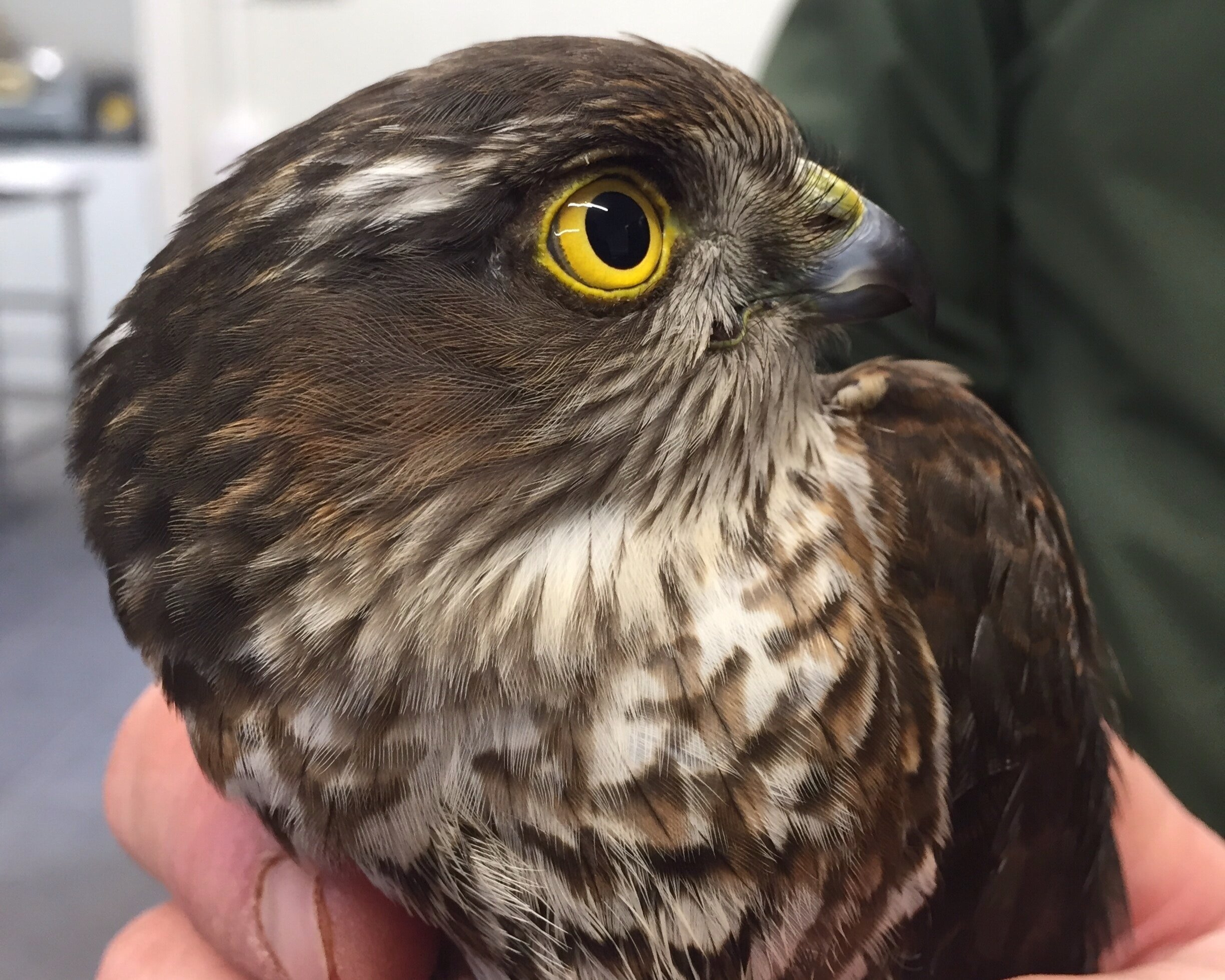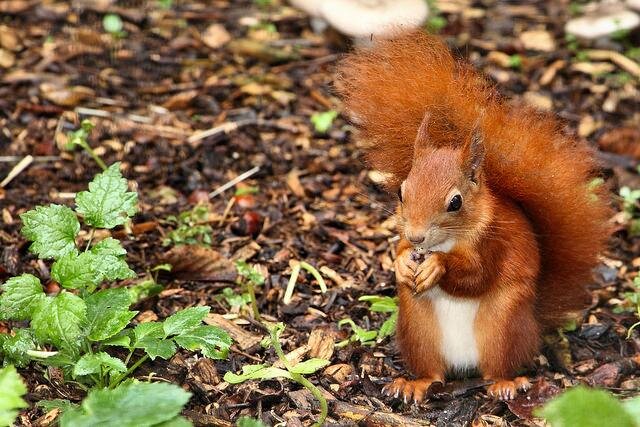We have some good news we are excited to share with you - Lincoln has caught his first thermal!
Lincoln is our resident bald eagle here at Suffolk Owl Sanctuary. Bald eagles are a bird of prey native to North America, and have been the national icon since 1782.
Lincoln the Bald Eagle by Brian Geer
What is ‘thermalling’?
A thermal is an upward current of warm, rising air. Once a thermal is encountered by a bird, he will fly in circles to keep within that particular thermal, gaining altitude before flying off to the next thermal to continue his journey - this is known as ‘thermalling’. By riding these currents, birds are able to climb to higher altitudes while expending very little energy, extending their flight time as they search for food.
Lincoln is learning
Here at Suffolk Owl Sanctuary, our falconers have recently been encouraging Lincoln to soar. Lincoln is a young bird so has not yet refined this skill; up until today, he has only been able to fly as high as the tree tops by relying on winter winds, which are forced up off the trees (this is called ‘slope soaring’).
To enable him to reach more natural heights at several hundred feet, we are waiting for the heat of late spring through to early autumn that will produce strong thermals, which Lincoln should be able to ride like an escalator high up into the clouds!
"Thermalling takes a lot of skill which Lincoln is still learning, and is actually quite scary for a novice!” - Jess, Falconer at SOS
Head falconer Rufus with Lincoln, by Mark Leggett
We have a breakthrough!
Finally, after months of effort, Lincoln has caught his first thermal - and we are delighted!
“This is everything we’ve been working towards and is a HUGE step! I’m really delighted! Now we just need to encourage him to go higher and to be consistent…
Enjoy the stoop, I can’t tell you how thrilling it is to have him hurtle towards you like that!” - Rufus, Head Falconer at SOS
This is a very ambitious and long term project, but we are pleased to say he’s doing incredibly well.
Save our Sanctuary
Suffolk Owl Sanctuary is a small non-profit charity and we rely entirely on donations. Our doors may be closed to the general public but our rescue, care and rehabilitation work for injured wild birds of prey does not stop. If you are able to donate to help us continue our work during this crucial time, please visit: https://www.owl-help.org.uk/save-our-sanctuary

























































